The default media plan at State is to follow anything negative in the press with a planted puff piece. Rather than tackle the facts in a negative story (seeking to refute them with other information, or to make corrections),
State’s modus is to seek ink that just says everything is actually wonderful, without mentioning the offending original articles Following a scathing Associated Press investigation
http://wemeantwell.com/blog/
At least a third, $329 million, went to projects that were awarded before the 2010 catastrophe and had little to do with the recovery), State first tried an “Op-Ed” http://www.state.gov/p/wha/
rls/rm/2012/195338.htm by the ambassador http://wemeantwell.com/blog/2012/07/25/too-much-self-love/ blithely mumbling that all was well. That was back in late July.
 It took almost a month more, but State did finally select its author for what appears to be a real puff piece, in this case some hack named David Brown at the hometown Washington Post (slogan: still dining out on that Watergate thing) http://www.washingtonpost.com/
It took almost a month more, but State did finally select its author for what appears to be a real puff piece, in this case some hack named David Brown at the hometown Washington Post (slogan: still dining out on that Watergate thing) http://www.washingtonpost.com/Some Questions
Here are the questions I sent to the Washington Post Ombudsman about the article. Should I receive a reply, I will feature it on this blog.
Had the article addressed these points it might have floated above puff piece. Did David Brown locate this rebuilt neighborhood on his own, or did State direct him to it?
Did Brown fly to Haiti specifically to do this story?
What role did State/USAID play in his access to the neighborhood?
Was he accompianied by anyone from State/USAID at any time?
Brown does not seem to cover Haiti, State or reconstruction issues. How did he end up with this story?
The story says $8.5 million US tax dollars were spent repairing or replacing 500 homes. That works out to a very rough figure of $17,000 per home. Haitian GDP is about $1300 a person a year https://www.cia.gov/library/
publications/the-world-
factbook/geos/ha.html , among the world’s impoverished. Is $17k per home expensive? Typical costs? What does the figure actually mean?
Why did reconstruction seem to succeed so well in this one micro-area while failing broadly? Are there lessons to be learned and applied elsewhere in Haiti or is this an anomaly?
The Associated Press piece focused in part on how little reconstruction money actually makes it to Haiti instead of being siphoned off by US contractors. Brown’s article claims all but four workers used on this project were Haitian. At the same time, he notes that the project sent only $1.4 million of the $8.5 million total into the local economy. That seems to suggest over $7 million bucks went somewhere else. Where did it go?
Brown’s article, which ran on the front page of the Post and continued inside, quoted only two people connected with the project by name, the project manager paid by USAID and one engineer paid by USAID. Why were there no quotes from any of the Haitian residents of the new dwellings? Why were there no quotes from any local Haitain officials? Did the WaPo editors cut out such quotes? Did they not ask Brown to obtain such quotes? How did Brown fact-check the details given to him by the USAID-paid people? DID Brown fact check those details? As I learned in Iraq, building things is relatively easy given massive amounts of money.
The real magic is sustainability. Brown tells us “Groups of houses share 23 septic tanks and 100 bucket-flush toilets, which can be locked for privacy. Twenty solar-powered lights illuminate streets.” What plans and whose money are in place to repair and maintain that technology? Who/how will the septic tanks be drained or pumped out? What happens when the first solar light needs replacing?
Will any of this be there working a year from now? If so, under what plan? The article calls the work in Haiti a “renaissance,” a pretty dramatic word that is empty, meaningless and damned temporary unless there is a sustainability plan in place. Almost all the details in the story are unsourced. Brown talks about the number of septic tanks, a kidnapping and decisions taken collectively by the neighborhood. He does not say where any of this information came from. Where did this information come from?
Brown states: Another big problem was that wider paths and outdoor places to sit were neighborhood priorities but there was not any unoccupied land for them. As the project evolved, 201 households agreed to reduce the size of their plots, 171 agreed to reshape them, and 51 agreed to share their plots with another family by living in two-story houses.
This is a huge thing to have accomplished. In reconstruction work, the easiest thing to do is simply to redo what was destroyed, urban problems and all. Destroyed too-narrow streets are replaced with new too-narrow streets because it proves inexpedient to resolve the many disputes. How did this process actually work out in Haiti? Did it really happen? If it did, the method used should be a critical element toward replicating this success throughout Haiti. Did State/USAID lead negotiations? Was there some sort of local micro-government? Since it is unlikely that such agreement spontaneously emerged, leaving out the process raises questions about whether Brown had any idea what he was writing about, or was simply a notetaker for USAID’s propaganda machine.




















































































































-3.jpg)


.jpg)





.jpg)











.jpg)
.jpg)
.jpg)
.jpg)
.jpg)
.jpg)


















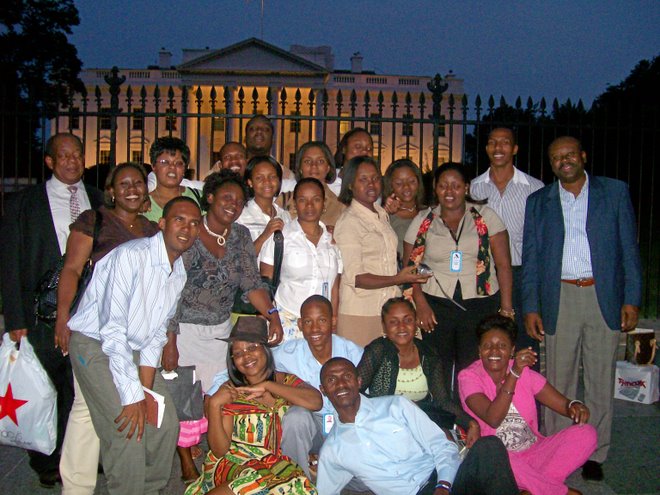


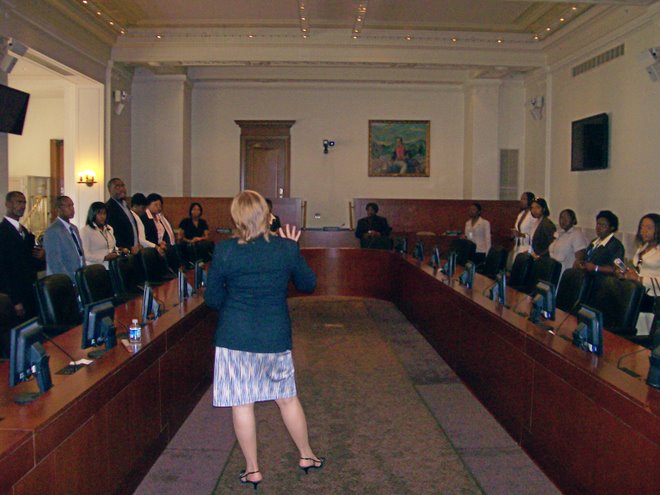
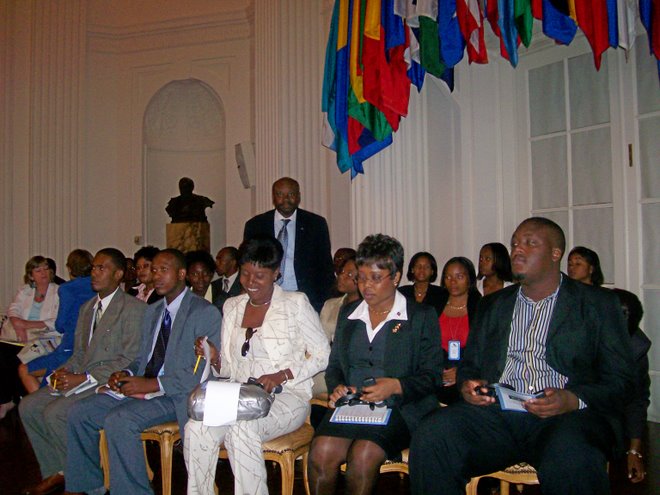
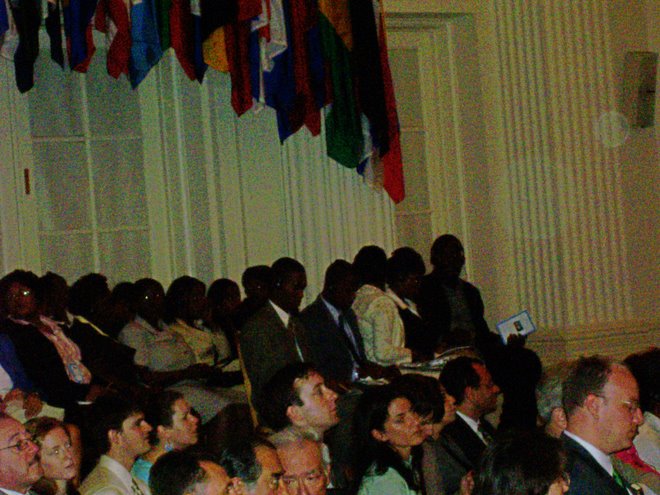












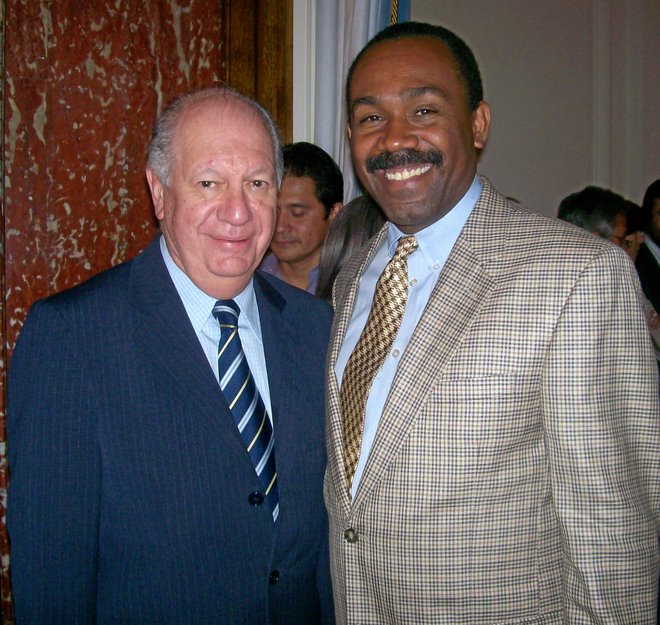


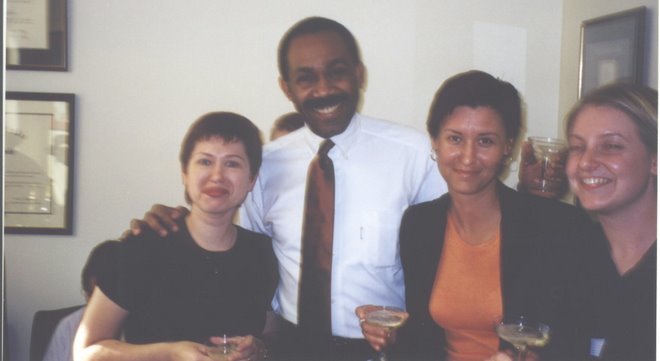



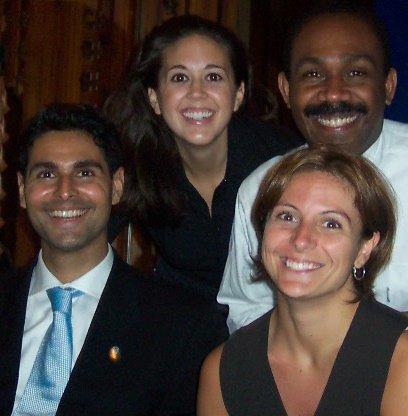
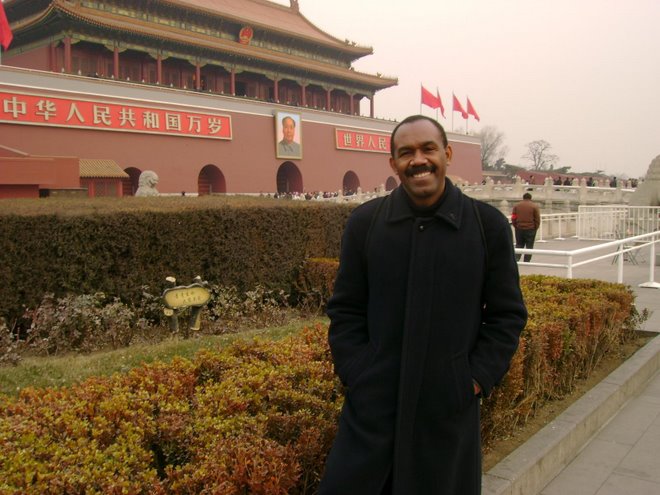

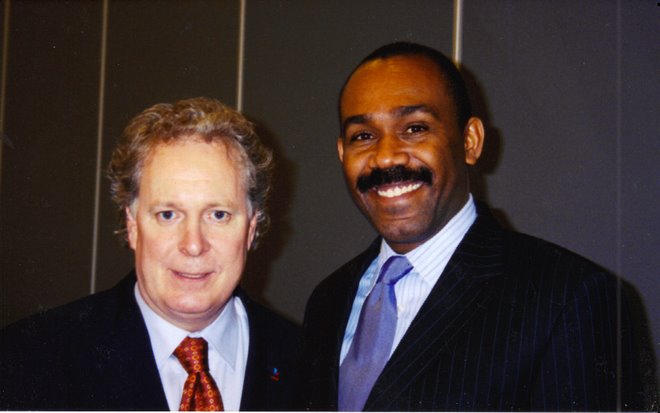

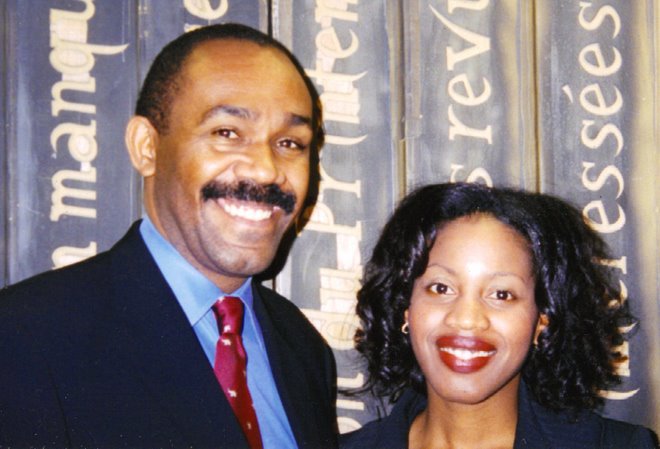
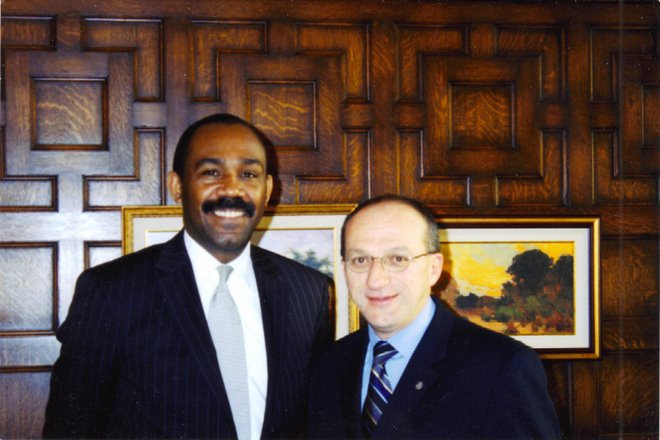
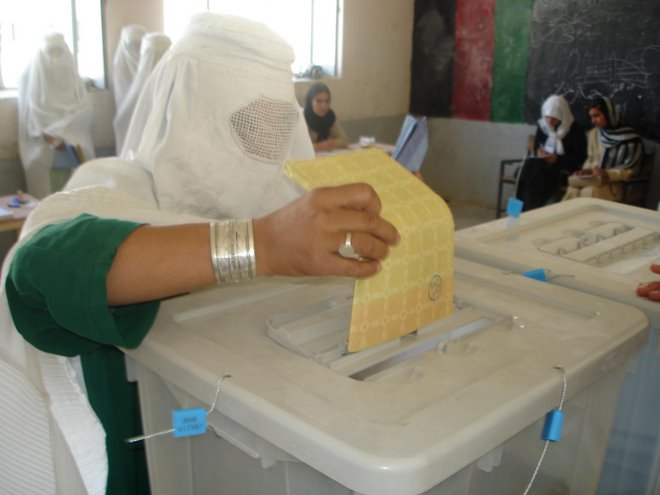

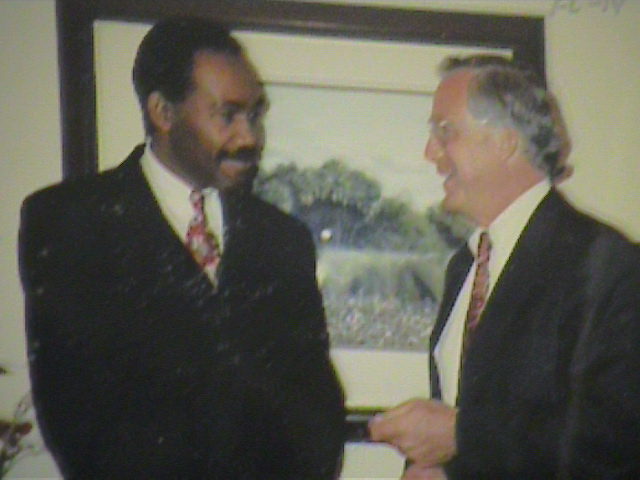


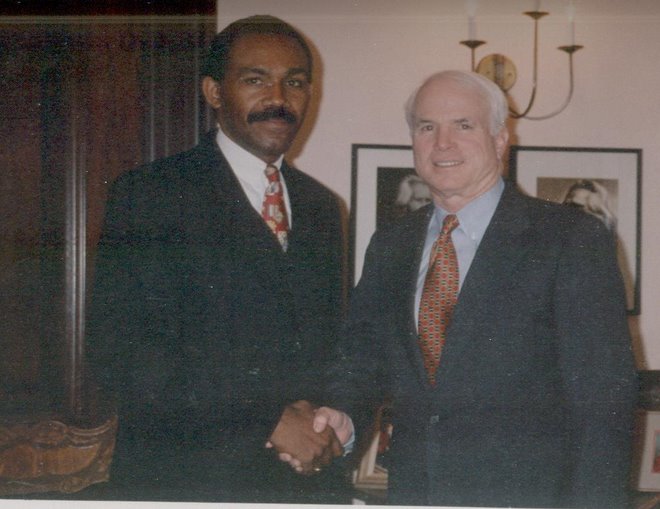

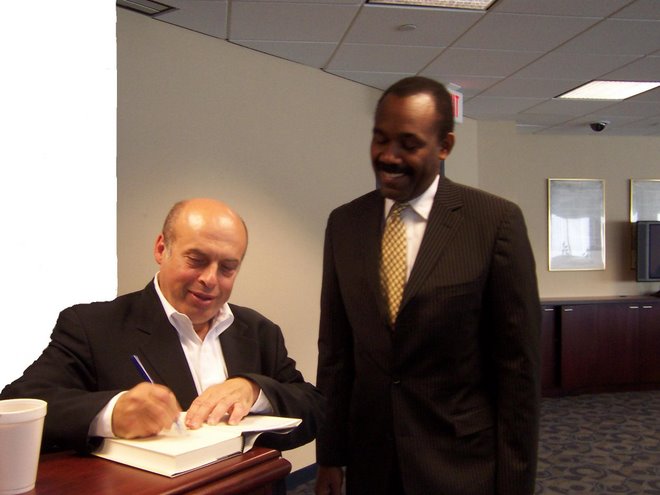
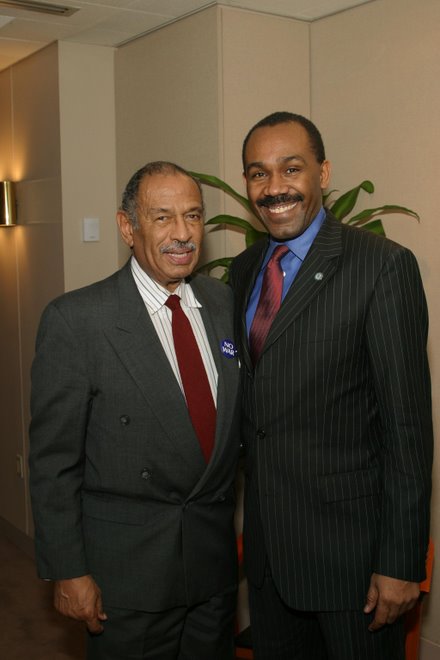
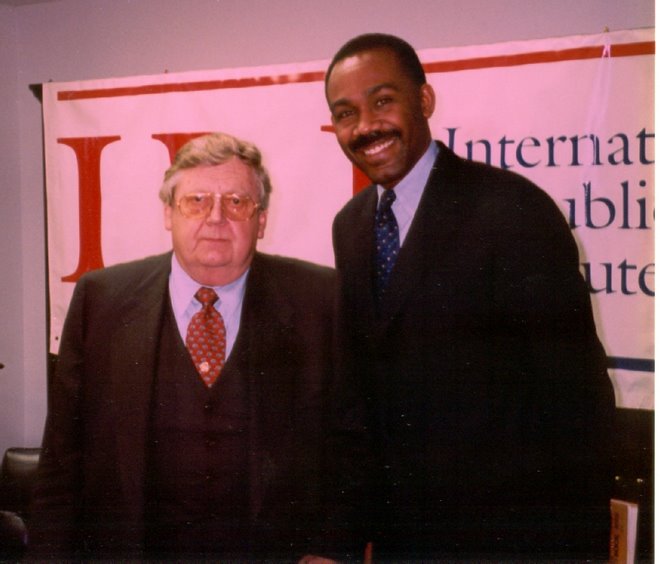

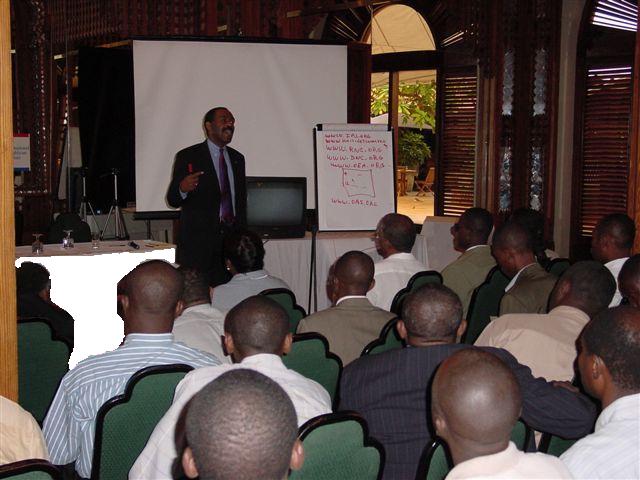




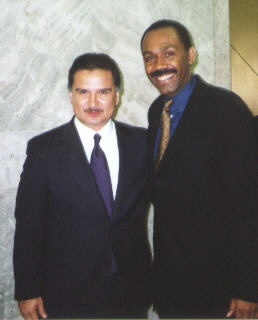
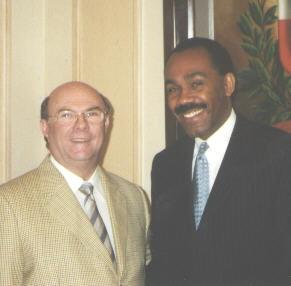
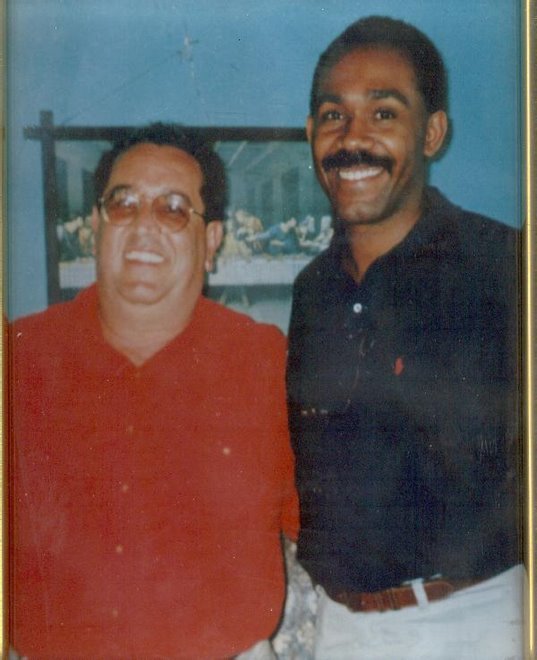
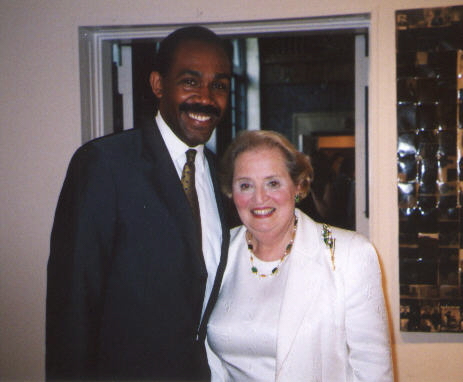
No comments:
Post a Comment